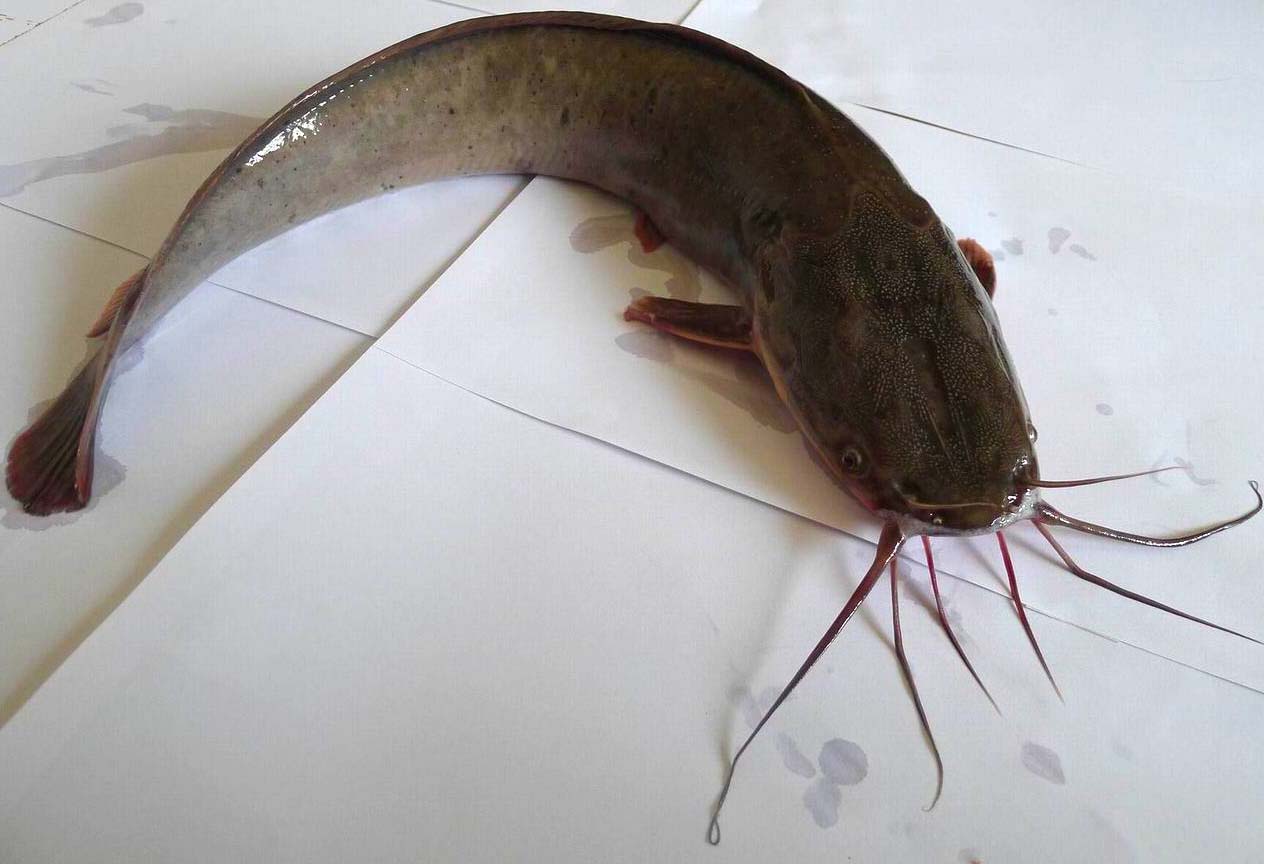Clarias gariepinus – African sharptooth catfish was introduced in Goa waters for commercial purposes. Currently, due to this exotic species many native species are facing a decrease in the numbers. One of the casualty seems to be the Goan catfish (Clarias batrachus) locally known as ‘tigur‘. Due to its negative impact the African variety of catfish was banned in 2000 by the Ministry of Agriculture, Department of Animal Husbandry and Dairying (Fisheries Division) under the Environment Protection Act.
Invasive species?
Any animal or plant that is introduced into a habitat not native to them by humans or any other factors that end up threatening the bio-diversity of that area are known as invasive species. They usually outcompete the native species in terms of resources, breeding and resilience. This causes the depletion of native species in the affected area.
“Species that appear in new environments may fail to survive but often they thrive, and become invasive. In fact, native species are likely to be unprepared to defend themselves against the invaders. This process, together with habitat destruction, has been a major cause of extinction of native species throughout the world in the past few hundred years. Although in the past many of these losses have gone unrecorded, today, there is an increasing realisation of the ecological costs of biological invasion in terms of irretrievable loss of native biodiversity.” – World Wildlife Federation (WWF)
Illegal trade
Although the ban has been imposed for more than a decade, illegal production of the fish in the state continues in a clandestine manner. The major problem seems to be the close resemblence between the Goan and the African catfish making them to some extent immune to detection. Many Goans are unaware of the type and some times actively propogate them in water bodies in their vicinity.
Current scenario
The African catfish can survive in the toughest conditions including sewers. Once they enter a water body it is very difficult to control their numbers. According to a report, One individual of the exotic species can produce upto 4 lakh eggs in just one season. While the native species lags behind at 7000 to 15000 eggs per season.
The African catfish feed on a variety of prey and can also easily change their prey according to the circumstances. The Goan catfish is considered to be a prey for the exotic catfish. The African catfish can grow upto 1.7 meters and has a maximum life span of 15 years.
Not a local problem
The African catfish has become a menace not only in Goa but also other parts of India. Bengal, Kerala, Karanataka too face the same problem. In fact a drive was organised in Kerala against the exotic fish in order to control the problem.
Major issue
Lack of awareness among the locals of the negative impacts of African catfish on the native bio-diversity is the reason for their continued existence in Goa. This has lead to the exotic species proliferating in the state’s water bodies. They are now found in rivers, creeks, channels, khazan lands and even in the rice fields.
Lack of awareness about the negative impacts of the invasive species seems to be the key factors in improving the issue. A awareness campaign might do good to the cause.


